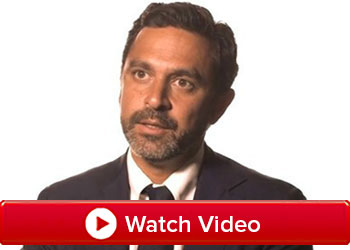- Home
- Foot & Ankle Conditions
- Sports Injuries
- Plantar Fasciitis
Plantar Fasciitis
- Published 11/1/2023
- Last Reviewed 11/1/2023
What is plantar fasciitis?
The plantar fascia is a thick ligament that connects your heel to the front part of your foot and supports your arch. When these ligaments become inflamed, it causes heel pain and stiffness. That is plantar fasciitis.
Plantar fasciitis is so common and has so many causes it often takes an experienced doctor to work through the true underlying cause. Too often, we see patients who have not received satisfactory relief because previous doctors didn’t seek out the root cause of their plantar fasciitis.
- What are plantar fasciitis causes and risk factors?
- What are the symptoms of plantar fasciitis?
- How do doctors diagnose plantar fasciitis?
- What are conservative treatments for plantar fasciitis?
- What are advanced treatment options for plantar fasciitis?
- Endoscopic plantar fasciotomy surgery
- UFAI, the right choice for your plantar fasciitis treatment
- Plantar Fasciitis FAQs
- Is plantar fasciitis the same thing as a heel spur?
- Is plantar fasciitis a tear in the plantar tendon?
- How long does plantar fasciitis take to heal?
- Are there medications I can take for plantar fasciitis?
- When should anti-inflammatory medications be used for plantar fasciitis?
- What is a night splint and should I use one?
- What are some additional stretches recommended for plantar fasciitis relief?
- Can plantar fasciitis come back?
- Can I still wear heels if I have plantar fasciitis?
- If I have to have surgery for plantar fasciitis, what type of recovery can I expect?
- I just had the Tenex procedure for my plantar fasciitis and I still have pain. When can I expect the pain to go away?
- What is a typical recovery for plantar fasciitis restorative procedures?
-
ABFAS® Board Certified in Foot Surgery and Reconstructive Rearfoot and Ankle Surgery. and Director of University Foot and Ankle Institute
Dr. Bob Baravarian DPM, FACFAS is a Board-Certified Podiatric Foot and Ankle Specialist. He is an assistant clinical professor at the UCLA School of Medicine and serves as Director of University Foot and Ankle Institute.
Dr. Baravarian has been involved in athletics his entire life and played competitive tennis in high school and college. He has an interest in sports medicine, arthritis therapy, and trauma/reconstructive surgery of the foot and ankle. He is also fluent in five languages (English, French, Spanish, Farsi, and Hebrew),
-
ABFAS® Board Certified in Foot Surgery and Reconstructive Rearfoot and Ankle Surgery. and Director of University Foot and Ankle Institute
Dr. Bob Baravarian DPM, FACFAS is a Board-Certified Podiatric Foot and Ankle Specialist. He is an assistant clinical professor at the UCLA School of Medicine and serves as Director of University Foot and Ankle Institute.
Dr. Baravarian has been involved in athletics his entire life and played competitive tennis in high school and college. He has an interest in sports medicine, arthritis therapy, and trauma/reconstructive surgery of the foot and ankle. He is also fluent in five languages (English, French, Spanish, Farsi, and Hebrew),
Plantar Fasciitis articles from our blog
- Non-Surgical Treatment for Plantar Fasciitis – What Are Your Options?
- The Link Between Foot Health and Posture
- An Inside Look at Shockwave Therapy for Heel Pain, now available in Valencia, CA
- Avoiding Foot and Ankle Overuse Injuries While Dog Walking
- Intense Ultrasound proven effective for chronic plantar fasciitis (study)
- Toe Spring: What it is and How it Affects Plantar Fasciitis
- SoftWave Tissue Regeneration Technology: A Revolution in Foot and Ankle Care
- Can Plantar Fasciitis Socks Relieve Foot Pain?
- Topaz, Tenex or Tenjet: which is best for chronic plantar fasciitis?
- This foot condition is the new back pain — it’s everywhere. UFAI in the News.
- 8 Top Treatments our Doctors Use to Fix Plantar Fasciitis
- What's Plantar Tendonitis and Why is it Still a "Medical Mystery"?
- Tips for Bikers to Combat Plantar Fasciitis and Heel Pain
- Got Plantar Fasciitis or Achilles Tendonitis? Could PRP, Amniox Stem Cells or Cortisone Answer Your Pain Relief Prayers?
- Misdiagnosed? When Heel Pain Isn’t Plantar Fasciitis
- Have Heel and Knee Pain? It Could Be the Way You Walk
- Plantar Fasciitis and Golf: 9 Fresh Tips for Preventing Heel Pain on the Green
- Beat the 6 Most Common Walking Pains
 Very happy. When the office found out my insurance was not in network they totally worked with me to pay them. Everyone I inter...Deb C.
Very happy. When the office found out my insurance was not in network they totally worked with me to pay them. Everyone I inter...Deb C. Great experience with Dr. Franson. He's knowledgeable, personable, and going straight to the most expensive surgical option isn...Carol M.
Great experience with Dr. Franson. He's knowledgeable, personable, and going straight to the most expensive surgical option isn...Carol M. Please provide handicap parkingBarry S.
Please provide handicap parkingBarry S. Dr. Ambibola Johnson is awesome!Laurie S.
Dr. Ambibola Johnson is awesome!Laurie S. I appreciate the care and timeliness of all my appointments I’ve had at UFAI. Gray, Lydia and the staff all are wonderful. Lydi...Edelmira G.
I appreciate the care and timeliness of all my appointments I’ve had at UFAI. Gray, Lydia and the staff all are wonderful. Lydi...Edelmira G. Very greatfull for the doctor and stuffJesus M.
Very greatfull for the doctor and stuffJesus M. Doctor was very caringBrigitte S.
Doctor was very caringBrigitte S. Everyone is very nice and efficient-
Everyone is very nice and efficient-
Especially Dr Kelman. He takes very good care of me!!Claudia K. Great costumer service.
Great costumer service.
Prompt and efficientDean W. Excellent podiatry practice. Shout out to Dr. Bob who is superb.Shasha S.
Excellent podiatry practice. Shout out to Dr. Bob who is superb.Shasha S. No . I’m pleased with the care .Michael P.
No . I’m pleased with the care .Michael P. Appreciate the professionalism and expertise, as well as the caring.Stella G.
Appreciate the professionalism and expertise, as well as the caring.Stella G.
-
 This foot condition is the new back pain — it’s everywhere. UFAI in the News.
Read More
This foot condition is the new back pain — it’s everywhere. UFAI in the News.
Read More
-
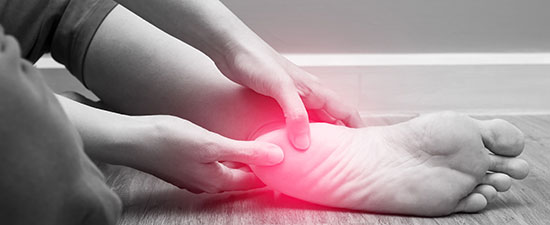 Topaz, Tenex or Tenjet: which is best for chronic plantar fasciitis?
Read More
Topaz, Tenex or Tenjet: which is best for chronic plantar fasciitis?
Read More
-
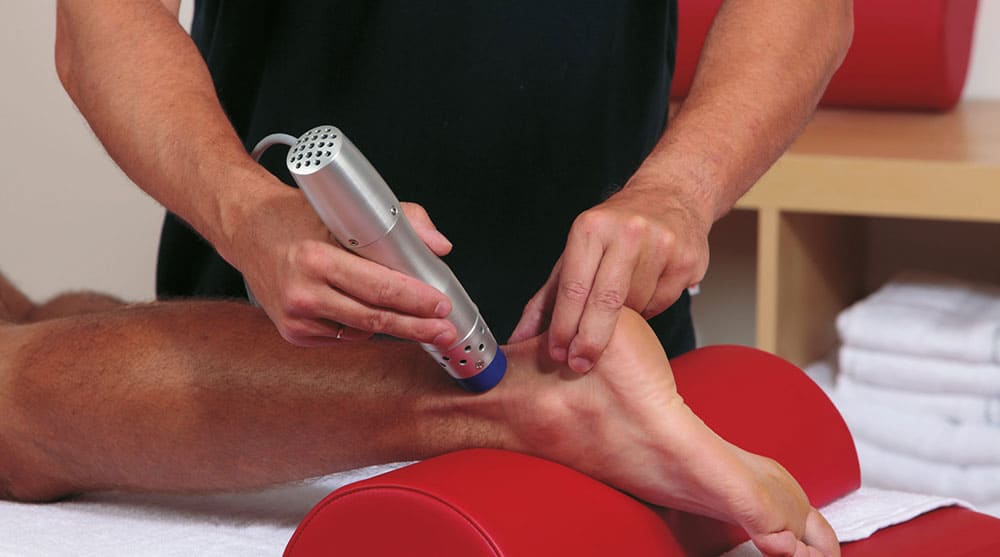 Listen Now
An Inside Look at Shockwave Therapy for Heel Pain, now available in Valencia, CA
Read More
Listen Now
An Inside Look at Shockwave Therapy for Heel Pain, now available in Valencia, CA
Read More
-
 Listen Now
The Link Between Foot Health and Posture
Read More
Listen Now
The Link Between Foot Health and Posture
Read More
-
 Listen Now
Toe Spring: What it is and How it Affects Plantar Fasciitis
Read More
Listen Now
Toe Spring: What it is and How it Affects Plantar Fasciitis
Read More
-
 Listen Now
Non-Surgical Treatment for Plantar Fasciitis – What Are Your Options?
Read More
Listen Now
Non-Surgical Treatment for Plantar Fasciitis – What Are Your Options?
Read More
-
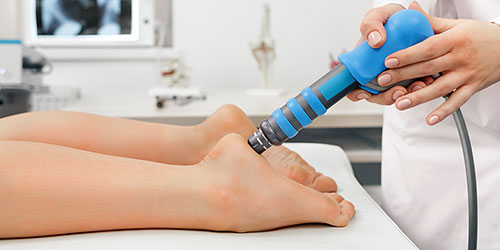 Listen Now
Intense Ultrasound proven effective for chronic plantar fasciitis (study)
Read More
Listen Now
Intense Ultrasound proven effective for chronic plantar fasciitis (study)
Read More
-
 Listen Now
Can Plantar Fasciitis Socks Relieve Foot Pain?
Read More
Listen Now
Can Plantar Fasciitis Socks Relieve Foot Pain?
Read More
-
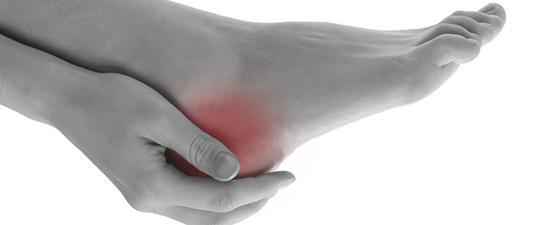 Listen Now
Misdiagnosed? When Heel Pain Isn’t Plantar Fasciitis
Read More
Listen Now
Misdiagnosed? When Heel Pain Isn’t Plantar Fasciitis
Read More
-
 Listen Now
What's Plantar Tendonitis and Why is it Still a "Medical Mystery"?
Read More
Listen Now
What's Plantar Tendonitis and Why is it Still a "Medical Mystery"?
Read More
-
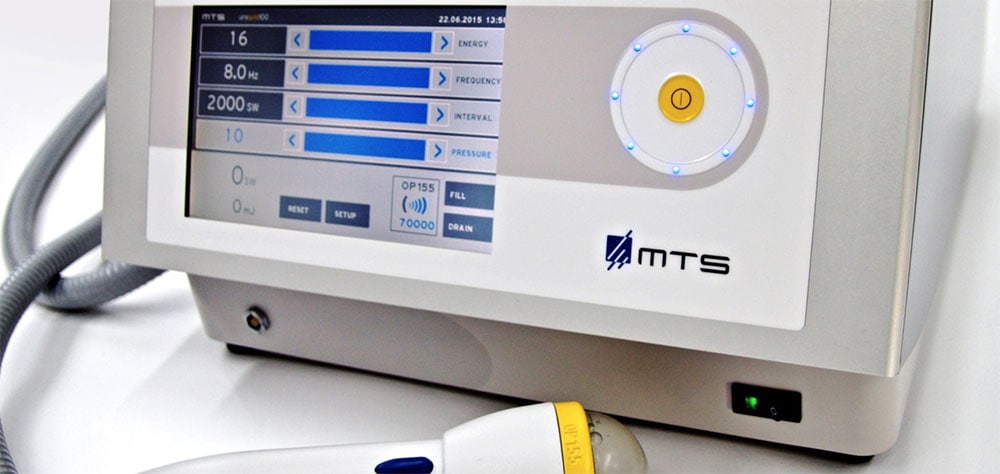 Listen Now
SoftWave Tissue Regeneration Technology: A Revolution in Foot and Ankle Care
Read More
Listen Now
SoftWave Tissue Regeneration Technology: A Revolution in Foot and Ankle Care
Read More
-
 Listen Now
Tips for Bikers to Combat Plantar Fasciitis and Heel Pain
Read More
Listen Now
Tips for Bikers to Combat Plantar Fasciitis and Heel Pain
Read More
-
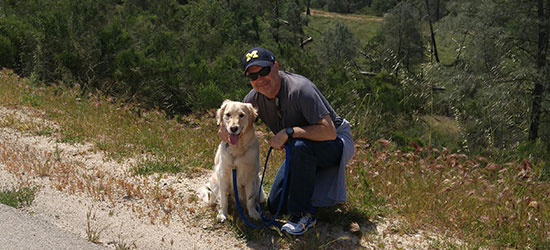 Listen Now
Avoiding Foot and Ankle Overuse Injuries While Dog Walking
Read More
Listen Now
Avoiding Foot and Ankle Overuse Injuries While Dog Walking
Read More
-
 Got Plantar Fasciitis or Achilles Tendonitis? Could PRP, Amniox Stem Cells or Cortisone Answer Your Pain Relief Prayers?
Read More
Got Plantar Fasciitis or Achilles Tendonitis? Could PRP, Amniox Stem Cells or Cortisone Answer Your Pain Relief Prayers?
Read More
-
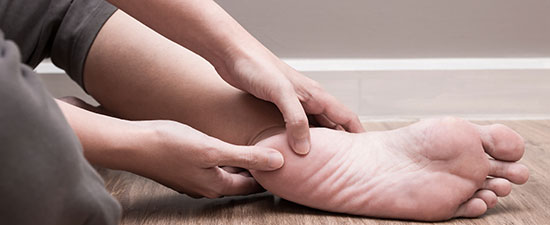 Listen Now
8 Top Treatments our Doctors Use to Fix Plantar Fasciitis
Read More
Listen Now
8 Top Treatments our Doctors Use to Fix Plantar Fasciitis
Read More
